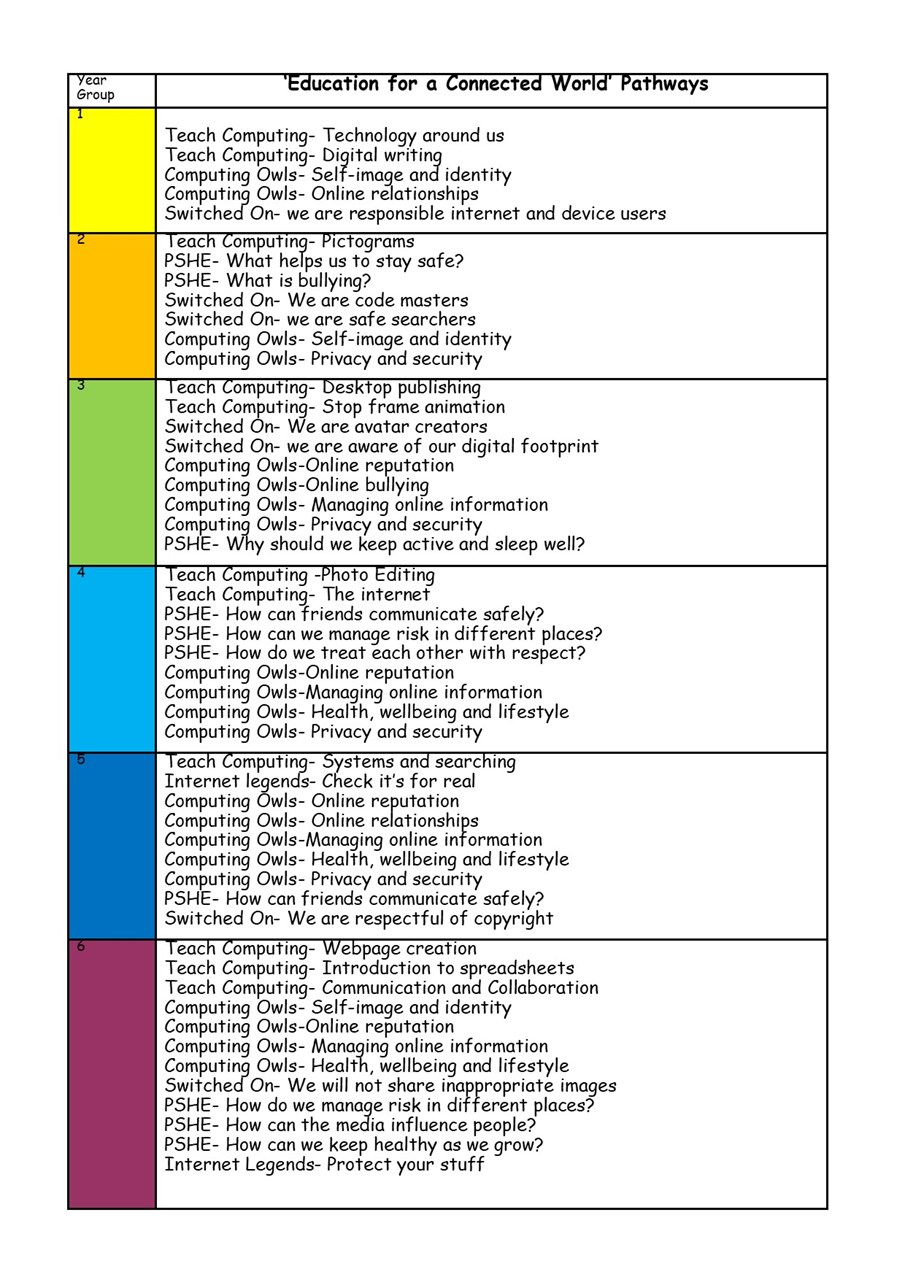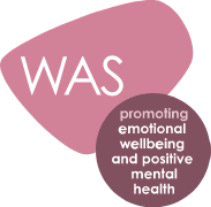Our Whole School Approach to Teaching Online Safety
At Crestwood Park, we take a whole-school approach to online safety, making teaching more effective than lessons alone. Our approach is one that goes beyond teaching to include all aspects of school life, including culture, ethos, environment and partnerships with families and the community. In practice, this means:
-creating a culture that incorporates the principles of online safety across all elements of school life
-proactively engaging staff, pupils and parents/carers
-reviewing and maintaining the online safety principles
-embedding the online safety principles
-modelling the online safety principles consistently
Our Children
This information about our Online Safety Curriculum outlines how we ensure our pupils understand how to stay safe and behave online as part of our whole school curriculum and specific subject curriculums including Relationships and Sex Education, PSHE and our Computing Curriculum.
We know it is important to teach our children about the underpinning knowledge and behaviours that can help them to navigate the online world safely and confidently regardless of the device, platform or app. However, we also need an understanding of the risks that exist online so we can tailor our teaching and support to the specific needs of our children. We refer to the Department for Education Teaching online safety in school document for general guidance and also the Education for a Connected World Framework for age specific advice about the online knowledge and skills that our children should have the opportunity to develop during their time with us.
Our children are growing up in an increasingly complex world, living their lives seamlessly on and offline. This presents many positive and exciting opportunities, but also challenges and risks. We want to equip our children with the knowledge needed to make the best use of the internet and technology in a safe, considered and respectful way, so they are able to reap the benefits of the online world.
Our Curriculum Context
Our Online Safety Curriculum compliments our computing, PSHE and RSE curriculums. It also compliments the many additional teaching opportunities we have in school such as assemblies, Internet Safety Day, Wellbeing Day, Anti-Bullying Week and other enrichment activities.
Underpinning knowledge and behaviours
The online world develops and changes at great speed. New opportunities, challenges and risks are appearing all the time. This can make it difficult for us to stay up to date with the latest devices, platforms, apps, trends and related threats. It is therefore important for us to focus on the underpinning knowledge and behaviours that can help our children navigate the online world safely and confidently regardless of the device, platform or app.
Underpinning knowledge and behaviours include:
- how to evaluate what they see online
- how to recognise techniques used for persuasion
- online behaviour
- how to identify risks online risks
- how and when to seek support.
Harms and Risks
Understanding and applying the knowledge and behaviours above will provide our children with a solid foundation to navigate the online world in an effective and safe way. However, we also need an understanding of the risks that exist online so we can tailor our teaching and support to the specific needs of our children.
The points below set out elements of online activity covered within our online safety curriculum, that could potentially harm or pose a risk.
- age restrictions
- content: how it can be used and shared
- disinformation, misinformation and hoaxes
- fake website and scam emails
- online fraud
- password phishing
- personal data
- persuasive design
- privacy settings
- targeting of online content (including social media and search engines)
Staying Safe Online
The points below set out elements of online activity covered within our online safety curriculum, that could adversely affect children's personal safety or the personal safety of others online.
- online abuse
- challenges
- content which incites
- fake profiles
- grooming
- live streaming
- pornography
- unsafe communication
Wellbeing
The points below set out elements of online activity covered within our online safety curriculum, that could adversely affect children's wellbeing.
- impact on confidence (including body confidence)
- impact on quality of life, physical and mental health and relationships
- online vs. offline relationships
- reputational damage
- suicide, self harm and eating disorders
Additional Considerations
Vulnerable Pupils
Any child can be vulnerable online, and their vulnerability can fluctuate depending on their age, developmental stage and personal circumstance. However there are some children, for example looked after children and those with special educational needs, who may be more susceptible to online harm or have less support from family or friends in staying safe online.
At Crestwood Park we consider how we tailor our offer to ensure these children receive the information and support they need.
Teaching about Online Harms and Risk in a Safe Way
As with any safeguarding lessons or activities, it is important that we consider the topic we are covering and the potential that a child (or more than one child) in the class may be suffering from online abuse or harm in this way. It is important to create a safe environment in which our children feel comfortable to say what they feel. If a child thinks they will get into trouble and/or be judged for talking about something which happened to them online they may be put off reporting it and getting help.
Where we are already aware of a child who is being abused or harmed online, with the support of the DSL or Deputy DSL, we carefully plan lessons to consider this, including not drawing attention to that child in a way that would highlight or publicise the abuse.
In some cases, a child will want to make a disclosure following a lesson or activity. The lesson may have provided the knowledge that enabled the pupils to realise they are being abused or harmed and/or give them the confidence to say something. This is why it is essential we constantly repeat our messages to children about their access to trusted adults and our pledge that promises to:
- help children to feel safe
- help children to feel comfortable about talking to us
- respect children's views
- be open, honest and trustworthy
- listen to children
- believe children
Curriculum Plan
This section shows how we deliver our Online Safety Curriculum through PSHE and Computing lessons. It also illustrates how we use additional resources such as Rising Stars 'Switched On' materials, Computing Owls online materials and the Internet Legends lesson plans






